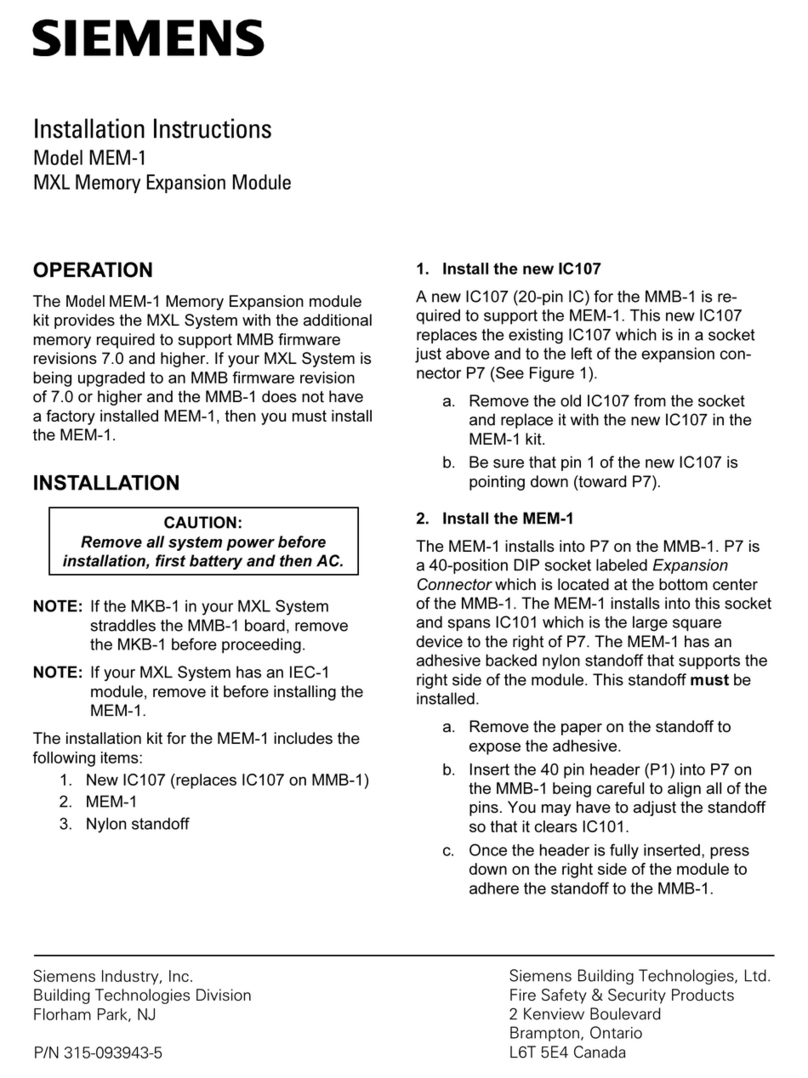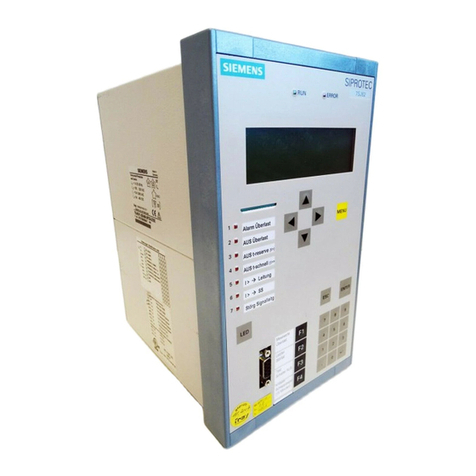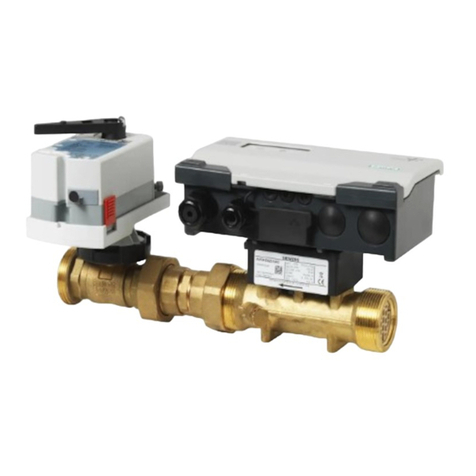Siemens LOK16 Series User manual
Other Siemens Control Unit manuals

Siemens
Siemens SINAMICS G130 User manual
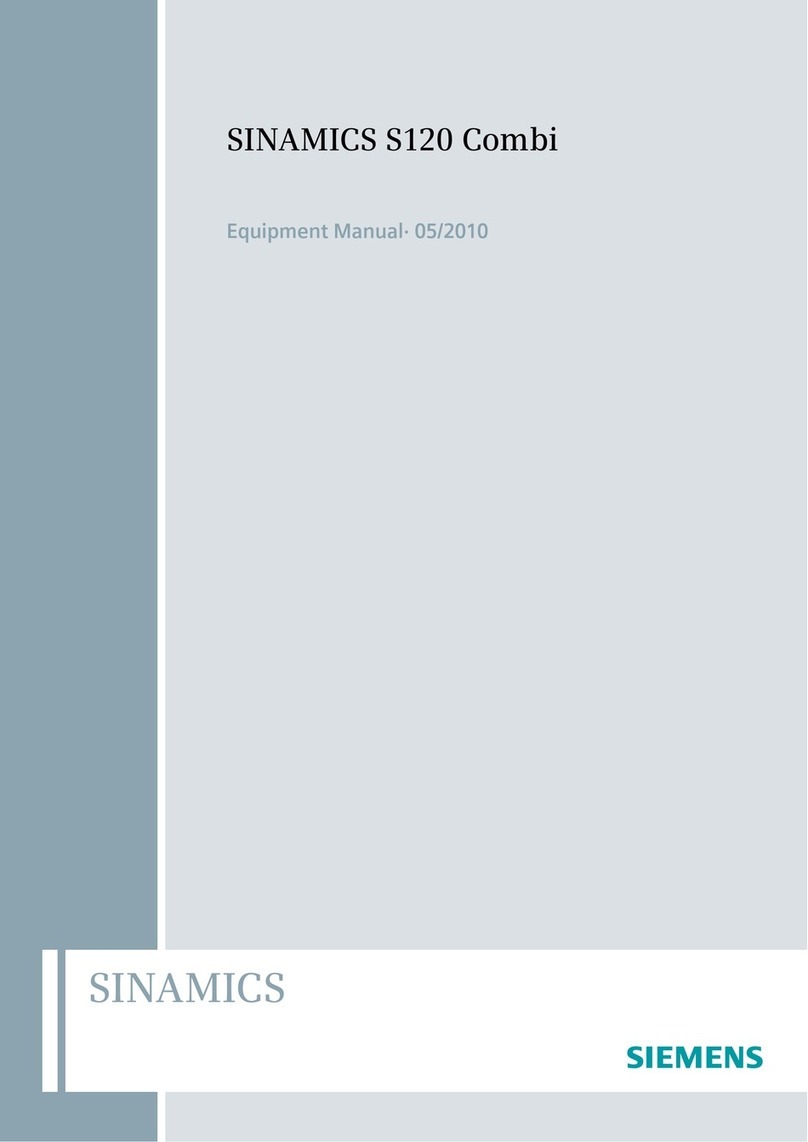
Siemens
Siemens SINAMICS S120 Technical Document
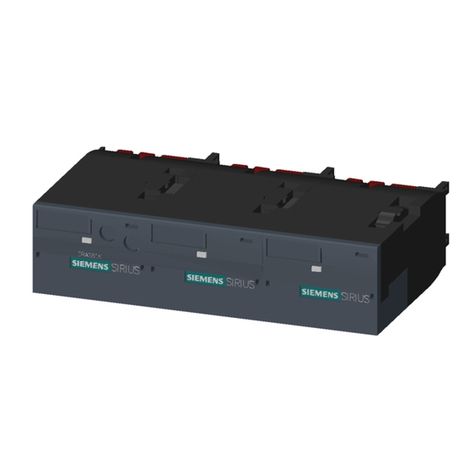
Siemens
Siemens 3RA2816-0EW20 User manual
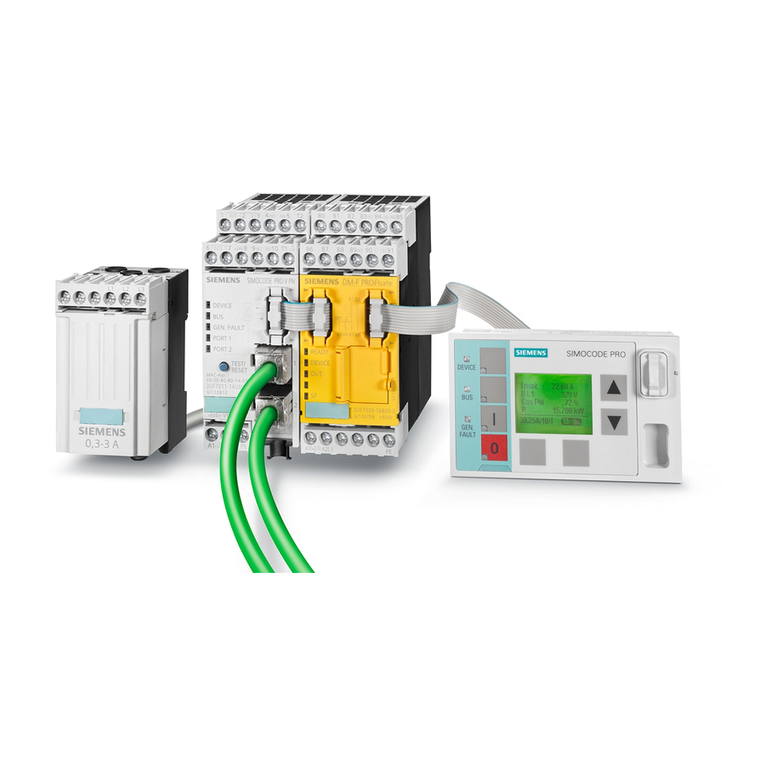
Siemens
Siemens SIMOCODE pro Parts list manual

Siemens
Siemens EN100 User manual
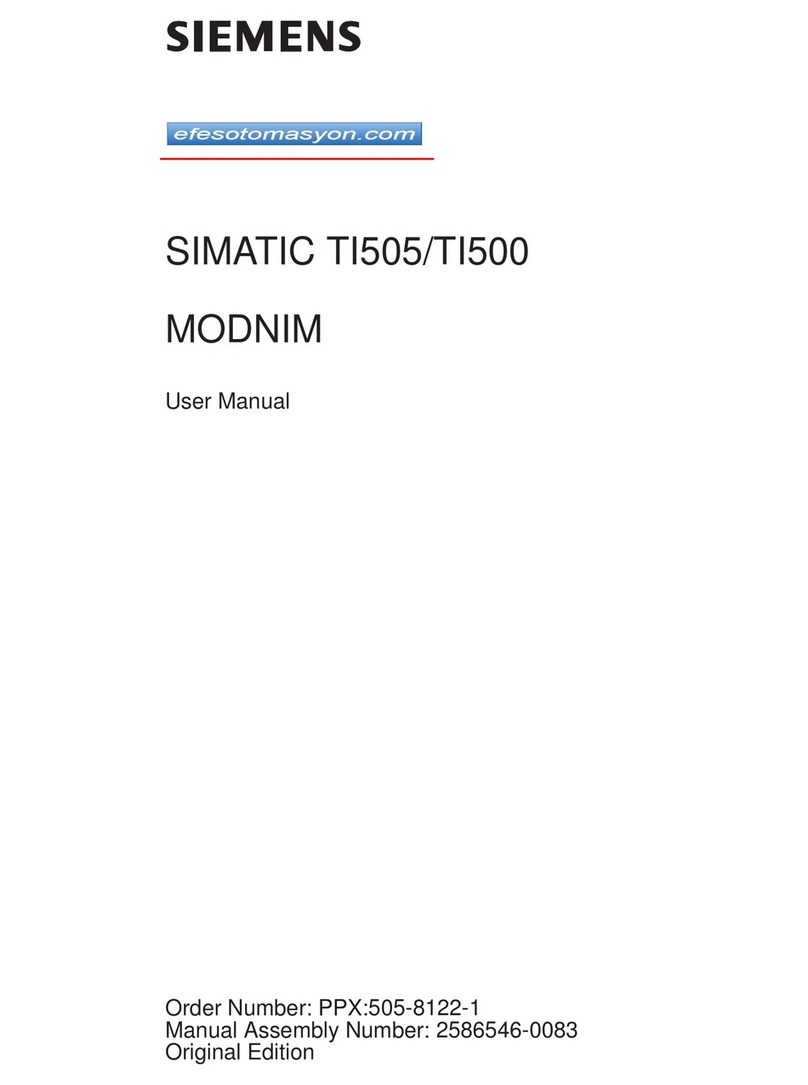
Siemens
Siemens SIMATIC TI505 User manual

Siemens
Siemens PXC D Series User manual
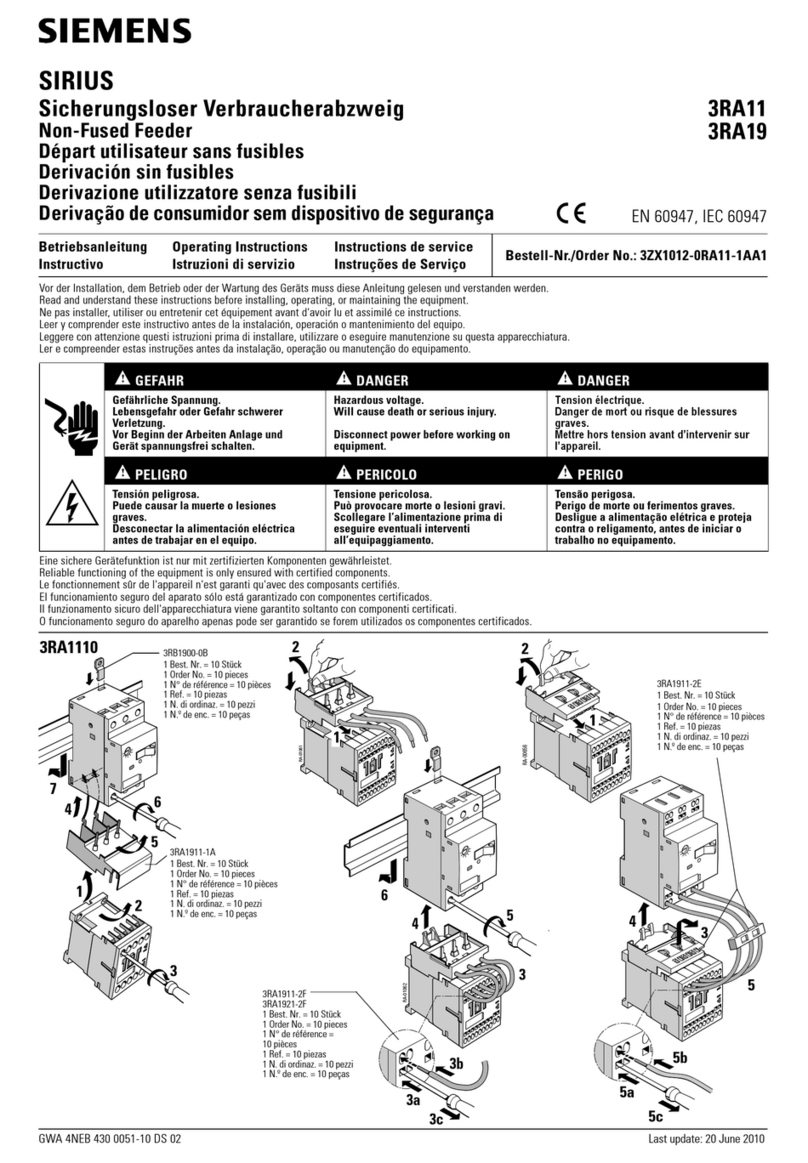
Siemens
Siemens SIRIUS 3RA11 User manual

Siemens
Siemens SINAMICS Series Technical Document
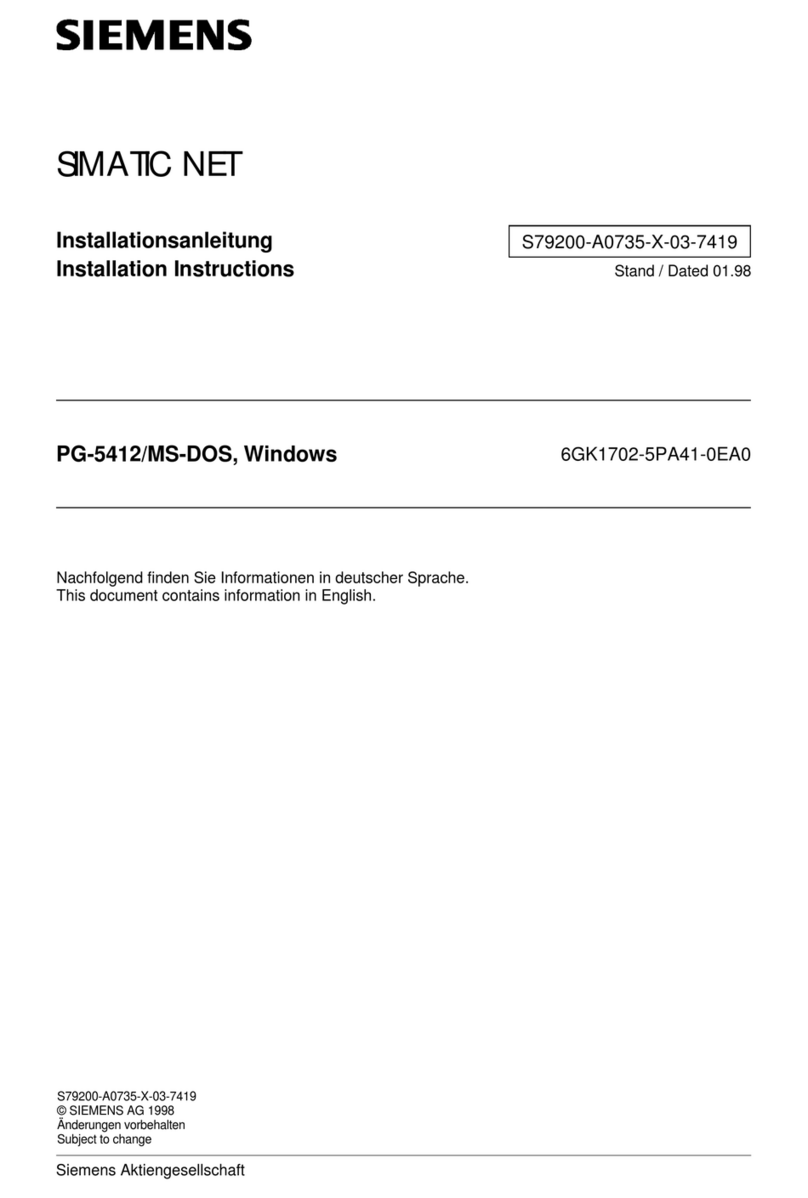
Siemens
Siemens SIMATIC NET PG-5412 User manual
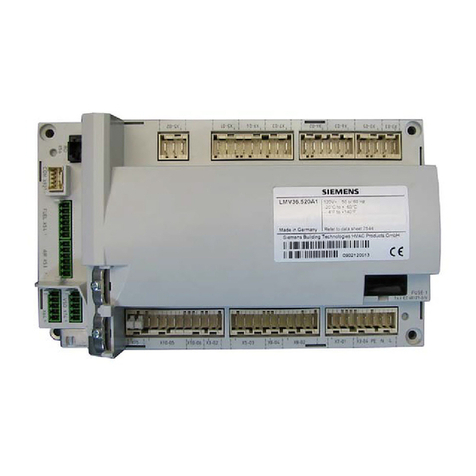
Siemens
Siemens LMV36.520A1 Operator's manual

Siemens
Siemens ECOFAST 3RK1911-4AB Series User manual
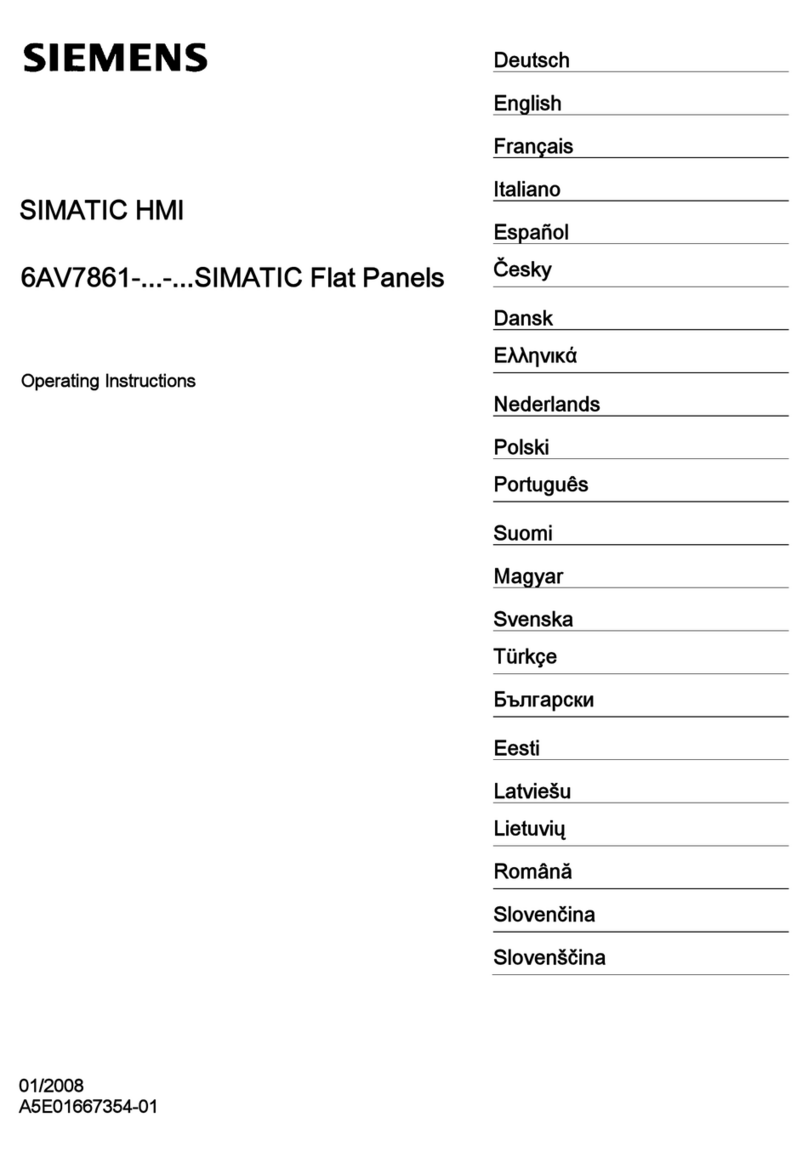
Siemens
Siemens 6AV7861 Series User manual
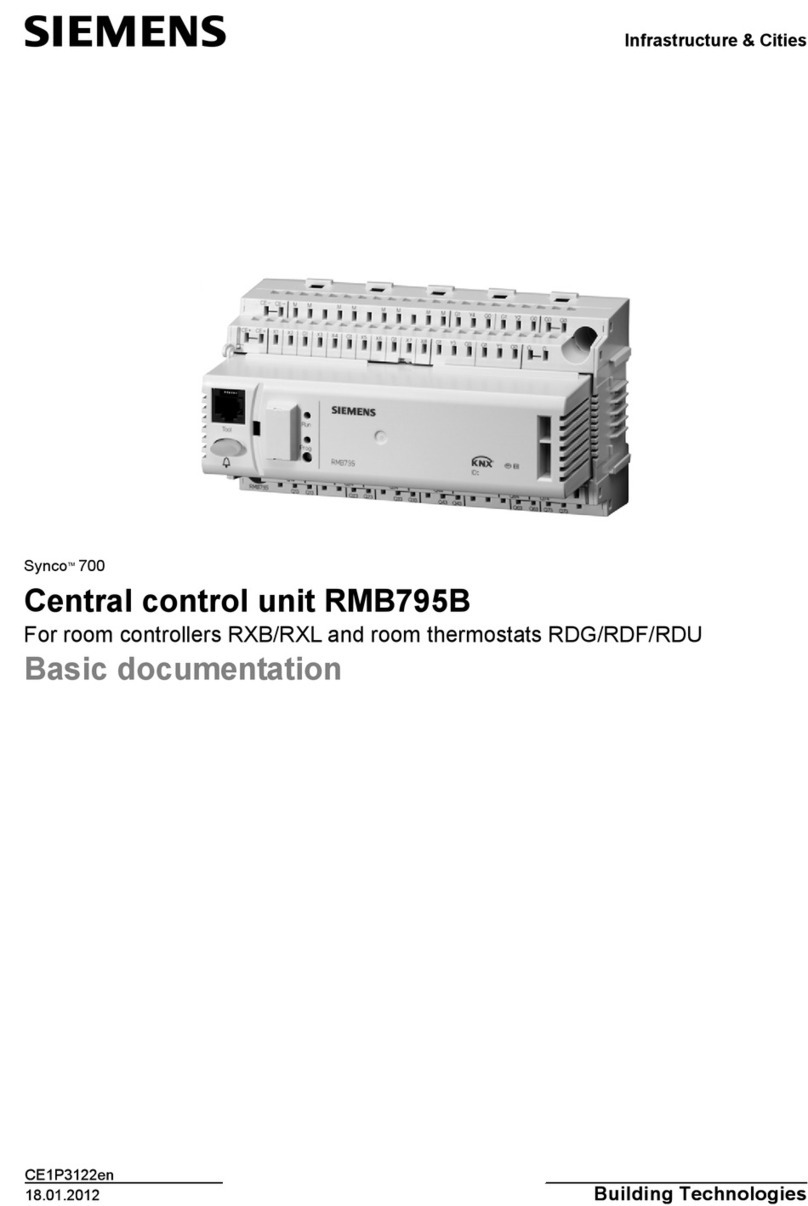
Siemens
Siemens RMB795B Operator's manual
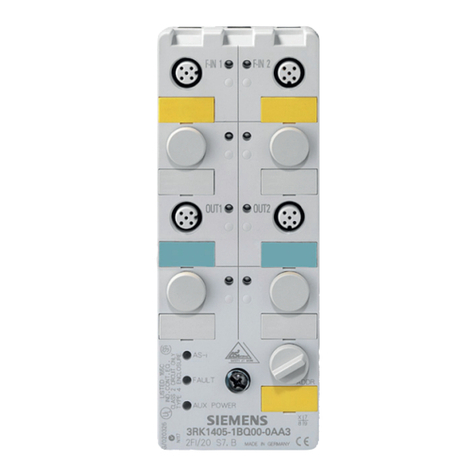
Siemens
Siemens K60 F Series User manual
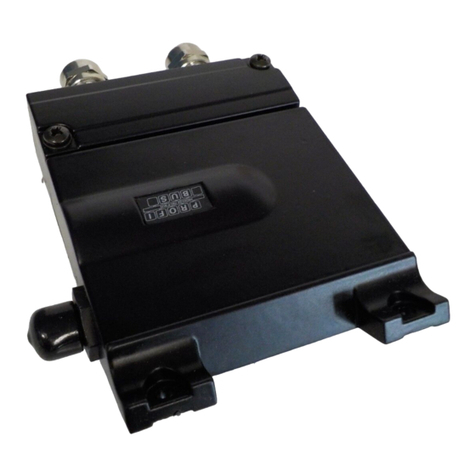
Siemens
Siemens CB15 User manual
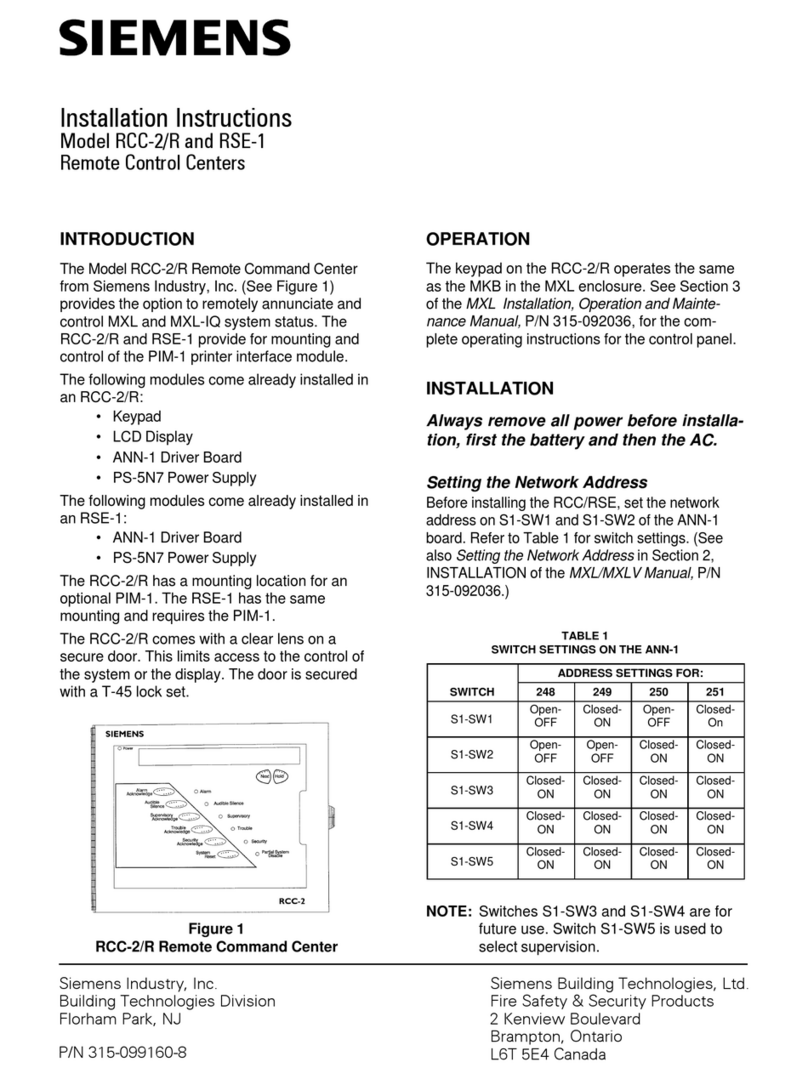
Siemens
Siemens RCC-2/R User manual
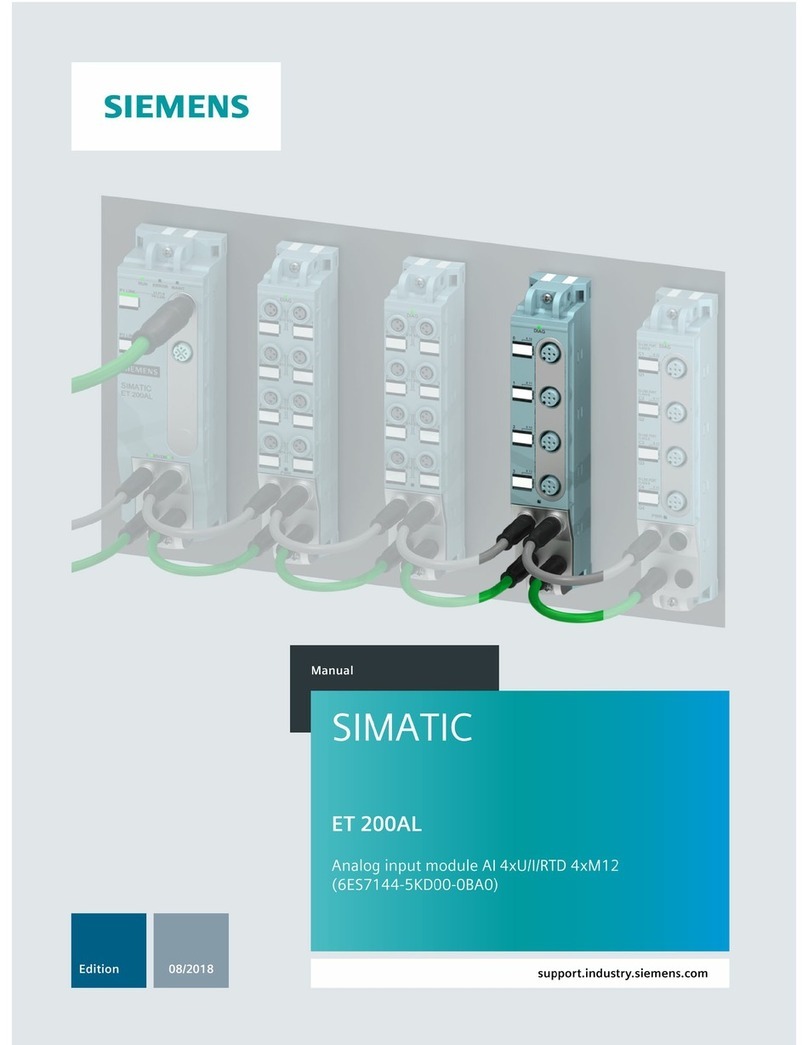
Siemens
Siemens SIMATIC ET 200AL User manual
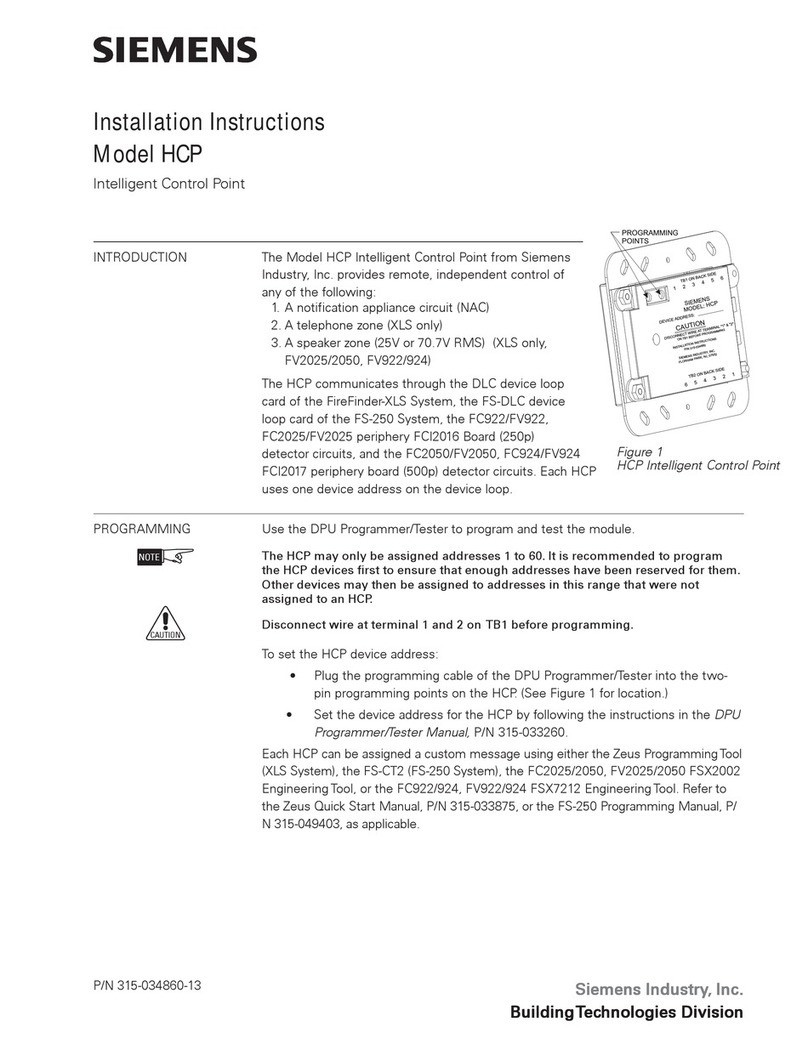
Siemens
Siemens HCP User manual
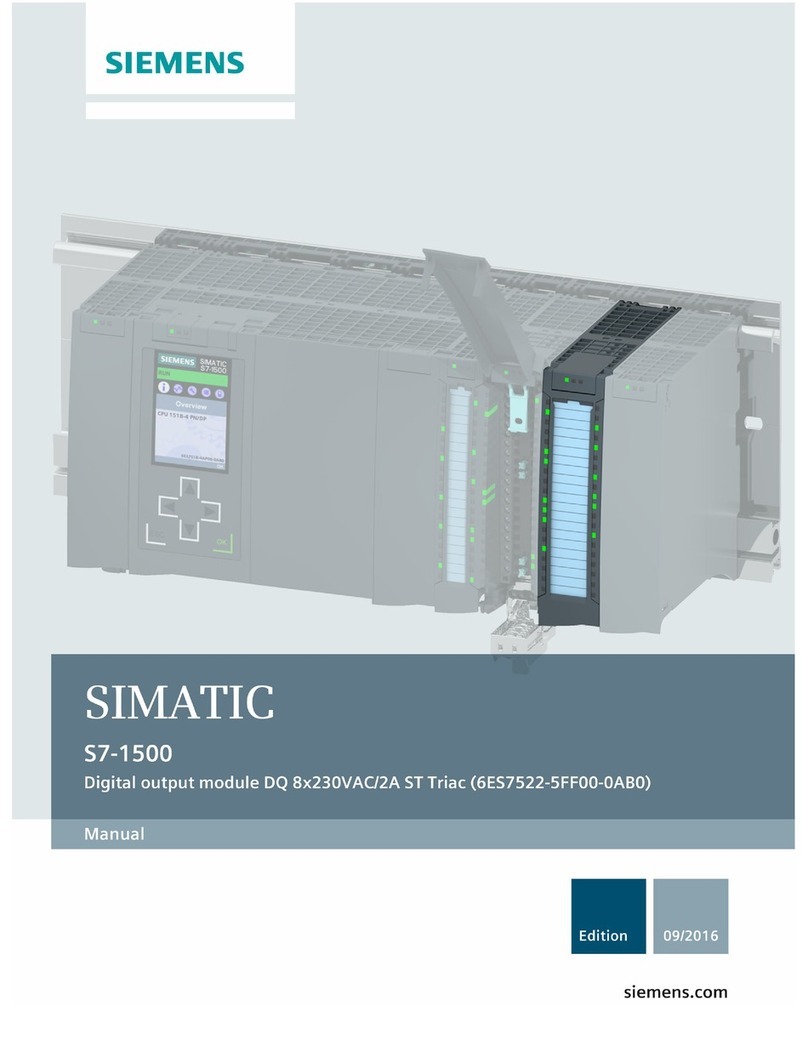
Siemens
Siemens Simatic S7-1500 User manual
Popular Control Unit manuals by other brands

Festo
Festo Compact Performance CP-FB6-E Brief description

Elo TouchSystems
Elo TouchSystems DMS-SA19P-EXTME Quick installation guide

JS Automation
JS Automation MPC3034A user manual

JAUDT
JAUDT SW GII 6406 Series Translation of the original operating instructions

Spektrum
Spektrum Air Module System manual

BOC Edwards
BOC Edwards Q Series instruction manual

KHADAS
KHADAS BT Magic quick start

Etherma
Etherma eNEXHO-IL Assembly and operating instructions

PMFoundations
PMFoundations Attenuverter Assembly guide

GEA
GEA VARIVENT Operating instruction

Walther Systemtechnik
Walther Systemtechnik VMS-05 Assembly instructions

Altronix
Altronix LINQ8PD Installation and programming manual
